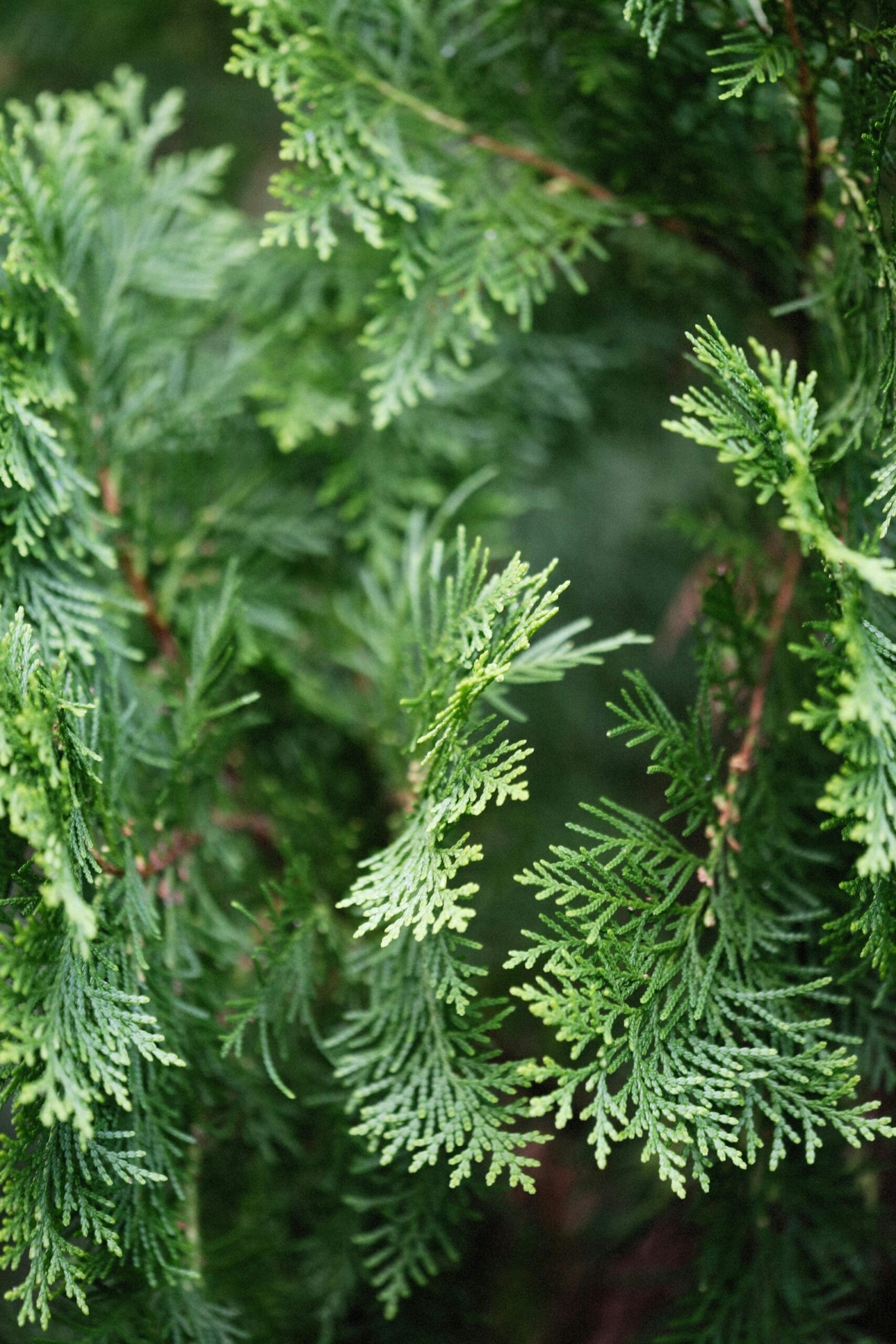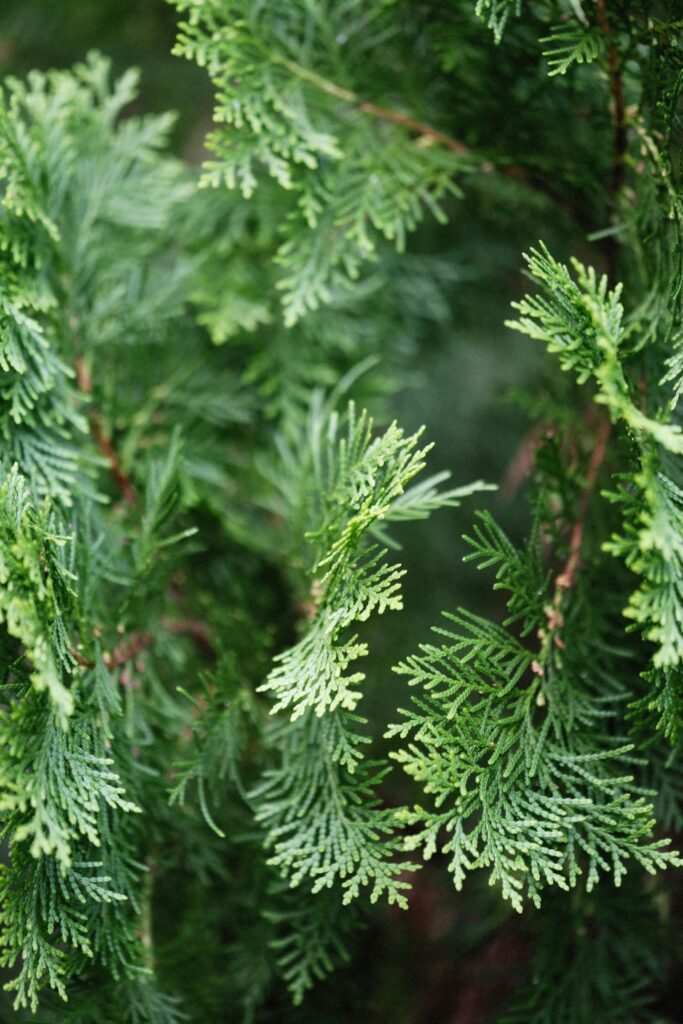Table of Contents
Background
Thuja, a genus of coniferous trees native to North America and Eastern Asia, has been traditionally used in herbal medicine for its purported benefits in treating various skin conditions, including skin tags. In traditional medicine, its use dates back centuries, with various cultures harnessing its healing properties for skin and respiratory ailments. Here’s an exploration of how it may potentially help in managing skin tags: its versatility in herbal remedies and its active compounds make it a noteworthy candidate for natural skin care treatments, offering an alternative to conventional methods.
Additionally, its historical use in homeopathy further underscores its significance in traditional medicinal practices, where it has been employed to treat a range of conditions beyond just skin issues. The essential oils derived from Thuja are also known for their antiviral properties, adding to its extensive range of applications. This broad spectrum of benefits has made Thuja a staple in various traditional medicine systems, including Ayurveda and Chinese medicine, where it is often used to support respiratory health and improve skin conditions. Moreover, its applications extend to treating warts, fungal infections, and even as a component in certain aromatherapy practices due to its soothing fragrance.
Scientific Research and Evidence
While Thuja has been traditionally used in herbal medicine for centuries, the scientific research supporting its efficacy in treating skin tags is limited. Several studies have focused on the general antimicrobial and anti-inflammatory properties of Thuja, which contribute to its perceived benefits for skin conditions. For instance, research has shown that thujone, a major compound in Thuja, possesses notable antimicrobial activity, which could help prevent infections when applied to skin tags. Additionally, the anti-inflammatory effects of thujaplicins have been documented in studies investigating their role in reducing inflammation and promoting skin healing.
However, specific studies directly examining Thuja’s impact on skin tags are sparse. Most evidence is anecdotal or derived from traditional usage rather than rigorous clinical trials. This gap in scientific research highlights the need for more targeted studies to validate the claims associated with Thuja’s use for skin tags.
Understanding Thuja
It is also known as arborvitae or cedar, contains compounds such as thujone and thujaplicins, which are believed to have antimicrobial and anti-inflammatory properties. These properties make it a popular choice in natural medicine for treating skin issues. The essential oils extracted from its leaves and bark have been used in various topical applications and ointments, believed to aid in healing and skin regeneration. Its rich history in traditional healing practices highlights its potential benefits and ongoing interest in modern herbal medicine. By understanding the properties, one can appreciate its role in natural treatments for skin conditions.
Benefits for Skin Tags
Antimicrobial Properties: It is believed to have antimicrobial effects, which may help in preventing infections around the area of the skin tag. Its ability to inhibit bacterial growth makes it useful in maintaining skin hygiene and preventing complications that may arise from untreated skin tags.
Anti-inflammatory Effects: The anti-inflammatory properties of it may help reduce swelling and irritation associated with skin tags. By soothing the affected area, it can alleviate discomfort and promote healthier skin.
Potential Shrinking Effect: Some proponents suggest that it may help shrink skin tags over time, although scientific evidence supporting this claim is limited. Anecdotal reports and traditional uses highlight its potential, but further research is needed to confirm its efficacy in reducing the size of skin tags.
Application Methods
It is typically used in topical formulations such as creams, ointments, or essential oils. It is applied directly to the skin tag several times a day, following the manufacturer’s instructions or as directed by a healthcare provider. Before application, it’s essential to clean the affected area thoroughly to ensure better absorption and effectiveness. The consistency in application is crucial for achieving the desired results, so it’s important to stick to a regular schedule. Additionally, users should monitor the skin tag for any changes, noting improvements or any adverse reactions.
Considerations and Precautions
Consultation: It’s important to consult with a healthcare provider or dermatologist before using it or any herbal remedy for skin tags, especially if you have sensitive skin or existing skin conditions. A professional can offer tailored advice and possibly suggest complementary treatments that can enhance its efficacy.
Effectiveness: While it is popular in alternative medicine, scientific research on its effectiveness specifically for skin tags is limited. Individual responses may vary, and what works for one person might not work for another. Keeping realistic expectations can help in assessing the progress without undue disappointment.
Safety: Some people may experience skin irritation or allergic reactions. It’s advisable to perform a patch test before regular use and discontinue use if any adverse reactions occur. Being attentive to how your skin responds, especially in the initial stages, can prevent more severe reactions and ensure safe usage.
Future Aspects
Future research should focus on conducting controlled clinical trials that assess the safety and effectiveness of Thuja in treating skin tags. Such studies would provide more definitive answers and potentially pave the way for broader acceptance of Thuja as a reliable treatment option in both conventional and alternative medicine. Investigating the precise mechanisms through which Thuja’s active compounds affect skin tags could also offer valuable insights, potentially leading to more refined and effective formulations.
Additionally, exploring the synergistic effects of Thuja with other natural or synthetic compounds could enhance its efficacy and broaden its application in dermatology. Until then, users should approach Thuja with cautious optimism and rely on professional medical advice when considering it as a treatment for skin tags. Educating healthcare providers about the potential benefits and risks associated with Thuja could further facilitate informed discussions with patients, ensuring safe and effective use of this herbal remedy.
Conclusion
It is considered by some as a natural remedy for managing skin tags, owing to its antimicrobial and anti-inflammatory properties. However, more clinical research is needed to validate its effectiveness and safety for this purpose. Consulting with a healthcare professional can help determine the most appropriate treatment approach for skin tags. Exploring additional or alternative treatments might be necessary depending on individual cases, as a holistic approach can sometimes yield better results. It’s important to stay informed and cautious while trying new remedies for skin conditions.
References
https://dailymed.nlm.nih.gov/dailymed/lookup.cfm?setid=0270776f-beba-4769-9658-68f46842496c
https://www.webmd.com/vitamins/ai/ingredientmono-1117/thuja
https://www.mdpi.com/1420-3049/25/22/5416
https://journals.lww.com/aptm/fulltext/2023/16040/medicinal_and_biological_potential_of_thuja.2.aspx
https://www.sciencedirect.com/topics/immunology-and-microbiology/thuja


